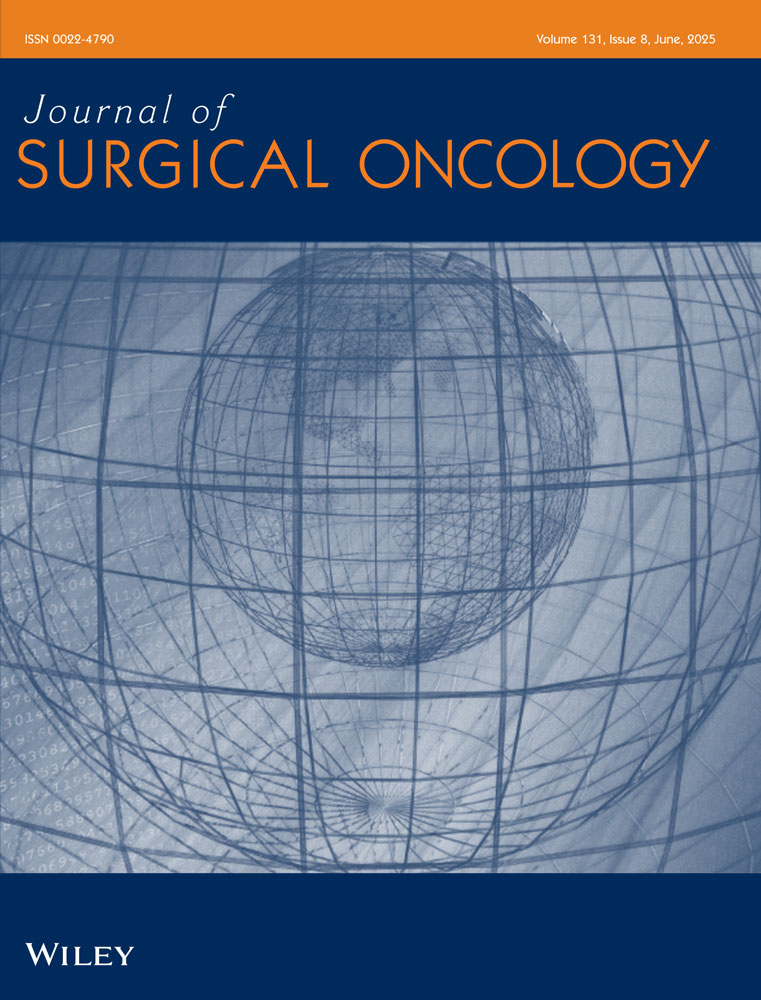Palliative isolated limb perfusion for advanced limb disease in stage IV melanoma patients
Abstract
Introduction
Two to three percent of the patients with extremity melanoma develop in-transit metastases in the course of their disease. When local treatments fail, isolated limb perfusion (ILP) is a reasonable option, but is generally only applied to patients without evidence of distant metastases. We assessed the value of ILP in stage IV melanoma patients with symptomatic unresectable limb melanoma at our institutions.
Patients and Methods
A computerized database, containing all patient, tumor, ILP, and follow-up data of 505 ILPs performed in 451 patients between 1978 and 2001, allowed the selection of eight (1.8%) stage IV patients who underwent a palliative ILP for unresectable melanoma lesions on the limbs. All patients had high tumor burden limb disease, according to the combined Fraker and Rossi criteria.
Results
The overall tumor response rate was 88%, with 13% complete and 75% partial response rates. One patient did not respond to ILP. Three partial responding patients attained a complete remission (CR) after excision of the remaining limb lesions. The median duration of hospital stay was 12 days and acute regional toxicity was mild with slight erythema and edema in six and no signs of reaction in two patients. The median limb recurrence-free interval after CR was 6 months and the median duration from the time of distant metastases to death was 15 months. Overall ILP leads to the desired palliative effect in six patients (75%).
Conclusion
ILP should be considered as a palliative treatment in selected stage IV melanoma patients with symptomatic advanced limb disease. J. Surg. Oncol. 2005;91:107–111. © 2005 Wiley-Liss, Inc.




